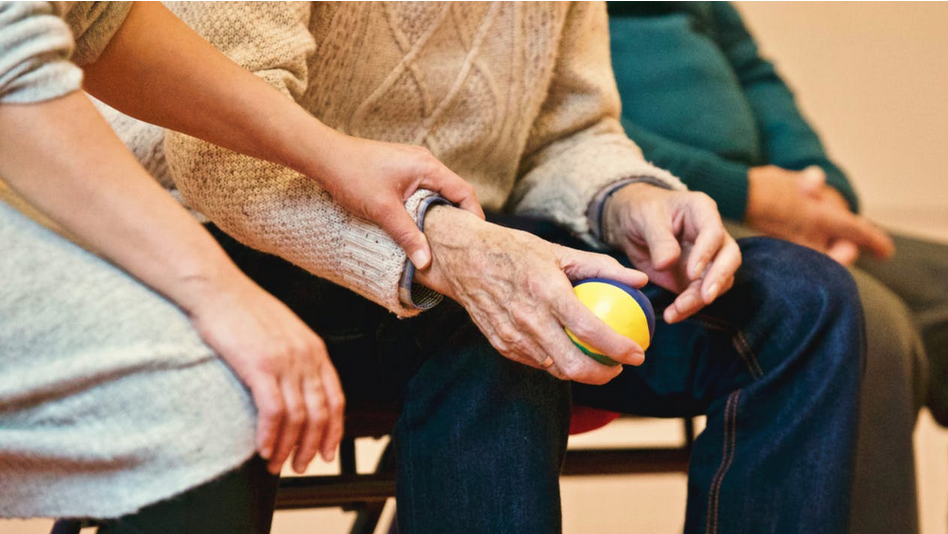You might have had a flu or an illness that made you feel so tired and your whole body ached. All you could do was stay in bed.
What if someone told you at the time you’re just being lazy?
People living with a chronic invisible illness experience this almost on a daily basis. Both the symptoms they struggle with and the painful words and judgment from people around them.
So what is an invisible illness and how does it affect the lives of patients?
What is an invisible illness?
According to Invisible Illness, Inc., “[a]n invisible illness is a physical, mental or neurological condition that is not usually visible from the outside. These conditions can limit or challenge a person’s movements, senses, or activities.”
This is unlike illnesses or conditions that can be easily seen such as when the patient needs to use a cane or a wheelchair because of it.
Many of the chronic illnesses can be invisible and may affect any of the body systems. A certain invisible illness may affect the digestive tract, the immune system, or the brain.
At Ben’s Friends, some of the patient communities that focus on an invisible illness include:
What are some effects of an invisible illness on a patient’s life?
Other people say or do things that make the situation even harder for patients living with an invisible illness. These include:
1. They are judged as lazy. There are a lot of invisible illnesses that cause fatigue, headache, body pain or symptoms that make it difficult for the patient to move around. Because of this, they often have to get a lot of rest or stay in bed, especially when their symptoms are flaring up.
But since it’s difficult to tell how bad they actually feel just by looking at them, there’s a tendency for other people to judge them as just being lazy.
2. People think they don’t want to socialize. Patients usually have to decline invitations or even cancel on events they already agreed to whenever they’re very tired or not feeling well.
Some people take this the wrong way and think they just don’t want to socialize, especially when they “seemed fine” just a while ago. Some even stop inviting them thinking they won’t go anyway.
3. People unknowingly give hurtful comments. When people find out that someone is sick, there’s a tendency for them to want to make the person feel a bit better. One of the usual ways they do this is by telling them they look fine or they don’t look sick.
While well-intentioned, however, comments like these invalidate what the person is experiencing.
4. Some people doubt their illness. Usually, we tend to show compassion when someone is affected by an illness we are familiar with or a condition that is more visible.
However, many of the invisible illnesses are not known to a lot of people. They are not aware that there are illnesses which can severely affect a person even if it’s not noticeable.
This is especially true for patients dealing with invisible disabilities.
For instance, when they use their disability card or park in spaces designated for persons with disability, there are people who doubt their condition. They give negative comments like “they are ‘obviously’ not disabled” and are just trying to take advantage of the card or parking spaces.
How can you help?
You may not even know it, but it’s possible that you know people living with an invisible illness. The following are two simple ways you can help patients.
1. Learn about invisible illnesses. The first thing you can do to help patients is to learn about invisible illnesses. Read articles and watch videos online.
Many patients are now sharing their experiences. They talk about how their condition affects their everyday life.
Learning about invisible illnesses can help you avoid saying and doing things that can only make the patient feel worse, even if well-intentioned.
2. Help spread awareness. The more people understand invisible illnesses, the better the chances that patients’ voices will be heard. They would experience less discrimination and there’s a greater possibility that their rights will be upheld.
Summary
Many chronic illnesses are considered invisible illnesses because you cannot tell that the person is sick just by looking at them. And since their disease is not visible to other people, patients usually have to deal with both the symptoms as well as the negative comments and behaviors of other people toward them.
Learning as well as spreading awareness about invisible illnesses will lead to more people being sensitive to the needs of patients.



